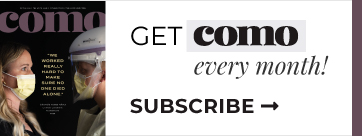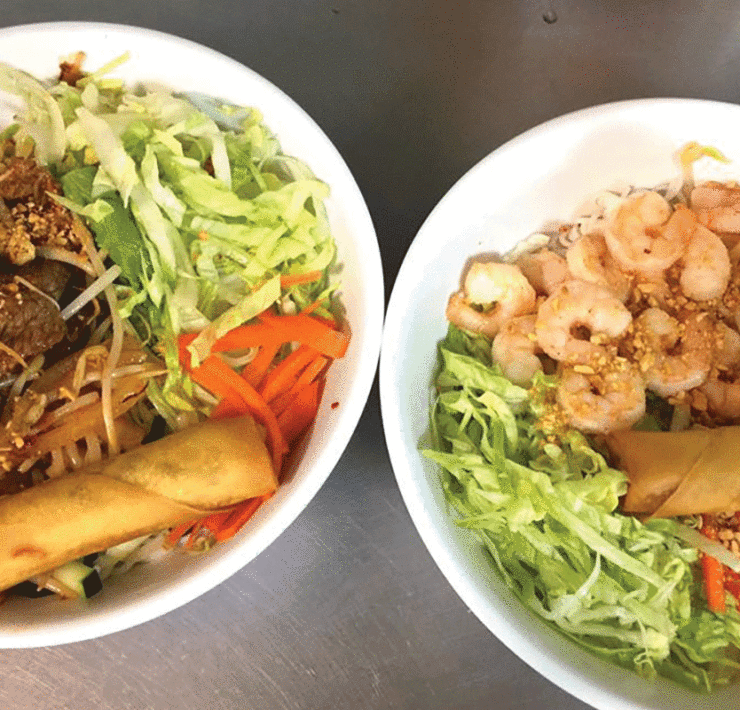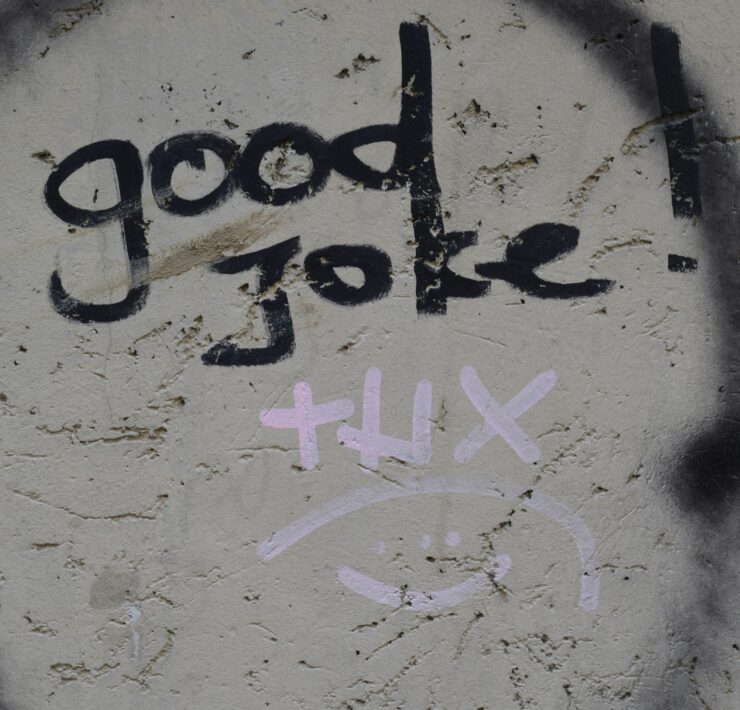The Recycle Cycle
- "The Recycle Cycle" originally appeared in the July 2024 "City" issue of COMO Magazine.

COMO’s recycling efforts keep tons of material out of the landfill.
From the gaping south entrance, the structure could easily be mistaken for an airplane hangar — albeit one that needs some serious tidying up.
To the east, a pair of workers in reflective vests and protective eyewear stand above mammoth mounds of cardboard, feeding disparate hunks onto a vertical conveyor. To the west, another duo — wearing masks to blunt the sour smell of food remnants — rip open blue bags freeing Chef Boyardee, Marie Callender, and Dr. Pepper.
Below, skid-steers scoot and scoop smaller piles toward the mass with nimble efficiency while the fiber dust swirls into sunbeams thirty feet above mysterious machines that grumble and vibrate.
“Excuse the mess,” quips Tom Elliott, kicking detritus from his path. “On these windy days, it’s hard to stay on top of this stuff.”
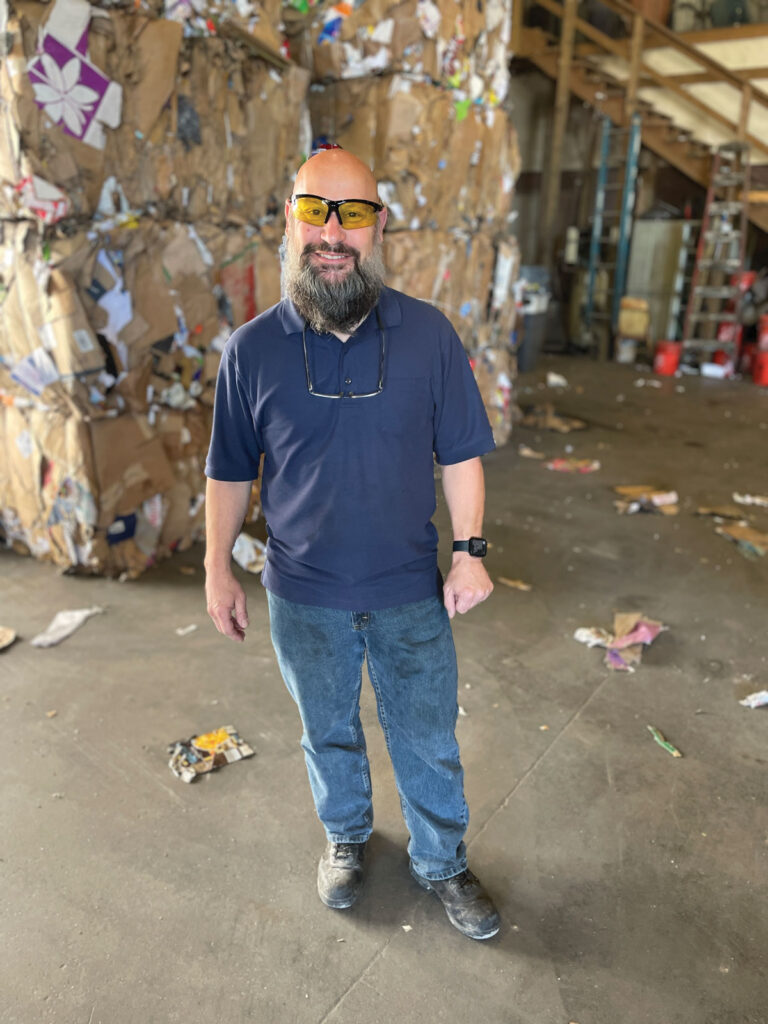
Welcome to “The Murf” — the Material Recovery Facility (MRF) — a 26,000 square-foot building located northeast of Columbia city limits near the sanitary landfill on Brundage Road. Elliott, a city of Columbia solid waste supervisor, is showcasing the “tipping room” — thusly named because of the recycling collection vehicles that “tip” their contents here. It’s the first stop for COMO’s recyclable cans, cardboard, and containers on the way to reincarnation elsewhere.
“When I first got here, it was mostly newspaper, office paper, and mail,” says Elliott, an MRF veteran of fourteen years. “Now it’s more than 50 percent cardboard. I call it the Amazon effect. Everyone buys online, even if it’s a small item. Add to that email and the decline of print newspapers.”
The MRF processes about 13,000 tons of material annually. Over the past year (June 2023 to May 2024) the MRF has produced 8,086 bales on 250 truckloads generating $853,000 for the city.
The revenue is nice, but it’s also tonnage that doesn’t end up in the landfill up the hill — an effort toward local sustainability that Elliott particularly appreciates. That diversion of waste extends the life of the landfill and saves money toward permitting and constructing new cells within it.
“I’m a firm believer that if you try to tackle problems that are too big, you’re likely to fail,” Elliott says. “But I can affect change in my life and the people’s lives around me. I can make a difference here.”
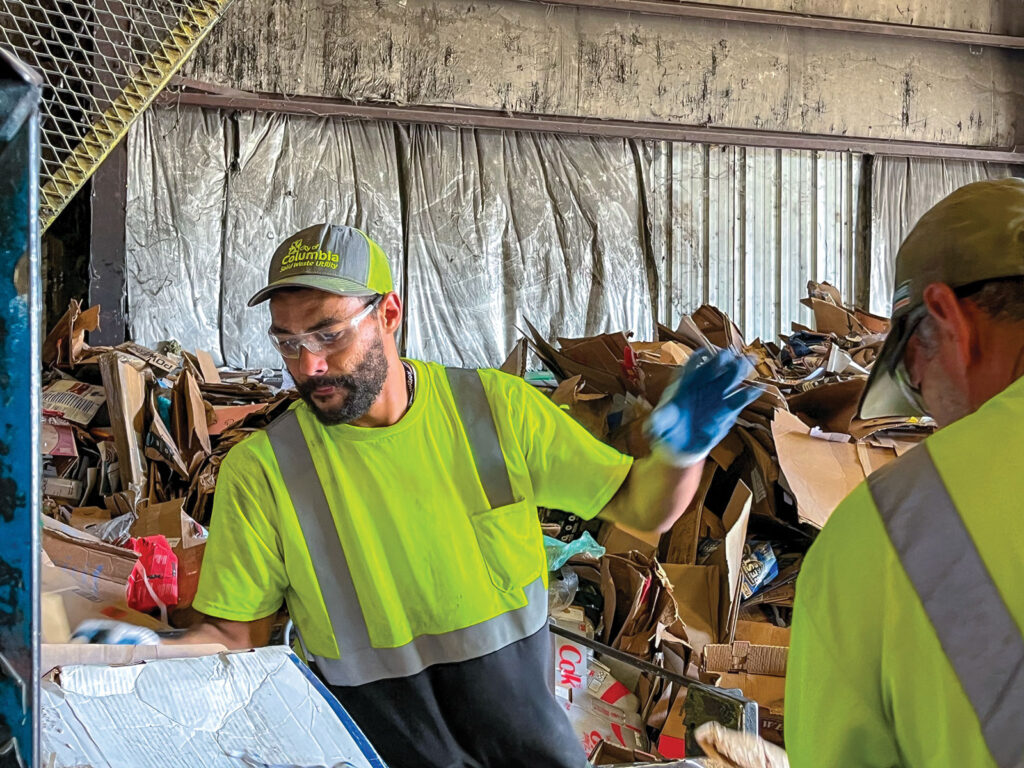


Sifting Debris
Misconceptions abound when it comes to recycling. For starters, fiber material is surprisingly the MRF’s most lucrative substance — thanks in part to sheer volume.
After workers have performed a preliminary sort in the tipping room, a conveyor belt delivers the product to a series of bins in a separate room where cardboard, chipboard (cereal or soda boxes), and paper products are divided. The first-line sorters face the unenviable task of removing product contaminated typically by food waste but occasionally even less appetizing refuse.
“The biggest problem we face is contamination, or comingled items that can’t be recycled,” Elliott says. “One summer some outdoorsmen decided they were going to drop off their fish remains, and sometimes it would sit there all weekend. We’ve had people dump couches, two-liter bottles full of diabetic needles, deer remains, etcetera.”
The clean fiber eventually enters the baler (manufactured in Minnesota by Excel Balers LLC) which spits out cuboids bound by galvanized steel straps. The cardboard bales are about two and a half-feet high by four-feet wide by five-feet long and weigh on average about 1,525 pounds.
They ultimately become cargo which must hit a minimum of 40,000 pounds for delivery and a maximum of 80,000 pounds (vehicular total) to comply with federal bridge laws. Midland Davis Corporation — a recycling firm in Moline, Illinois — is currently the top purchaser of Columbia’s fiber material and pays about $3,000 per load of cardboard and about $4,000 per load of paper.
Metal takes the silver medal for profitability, accounting for 199 tons and $200,100 in the past year. Mechanized magnets and screens help separate tin-coated cans from aluminum. MDK, Inc., Sempris, and Midland Davis are among several companies that routinely win the bid on aluminum and metal.
Very little glass is processed due to contamination. When it is crushed into fragments too small to sort (in the recycling trucks), it comingles with unusable porcelain and milk glass. However, a pilot program is underway at the Grindstone recycling drop-off where glass can be placed in purple bins and separated on site to be sold to processing plants in Kansas City and St. Louis.
Plastic, the most problematic of the recyclables, is more complicated. For starters, it breaks down quickly in sunlight rendering it unusable if improperly discarded or stored. The MRF processes plastic containers — Nos. 1, 2 and 3–7 — which have differing malleability, chemical compositions and uses.
Plastic is also the cheapest product to produce from scratch making it the least economically feasible to recycle. The U.S. is among the world’s leading producers of single-use plastic, and only about 5% of all plastic is recycled according to an MIT study.
There is also the reality that China, previously the world’s biggest purchaser of recyclable plastic, changed its standards and began restricting the import of recyclable materials in January 2018.
Even so, the MRF does its part to minimize plastic’s impact. The MRF sold nearly 240 tons of plastic over the past year, with tons more stored on site to be sold at a later date.
“One of the most persistent rumors I hear is that the City of Columbia is taking recycling and sending it straight to the landfill, which is not true,” Elliott says. “There are times when a small amount of plastic ends up in the landfill if it is contaminated, commingled with fiber or it sits in the sun for too long and rendered useless. But this is a very small amount of material compared to what gets processed.”
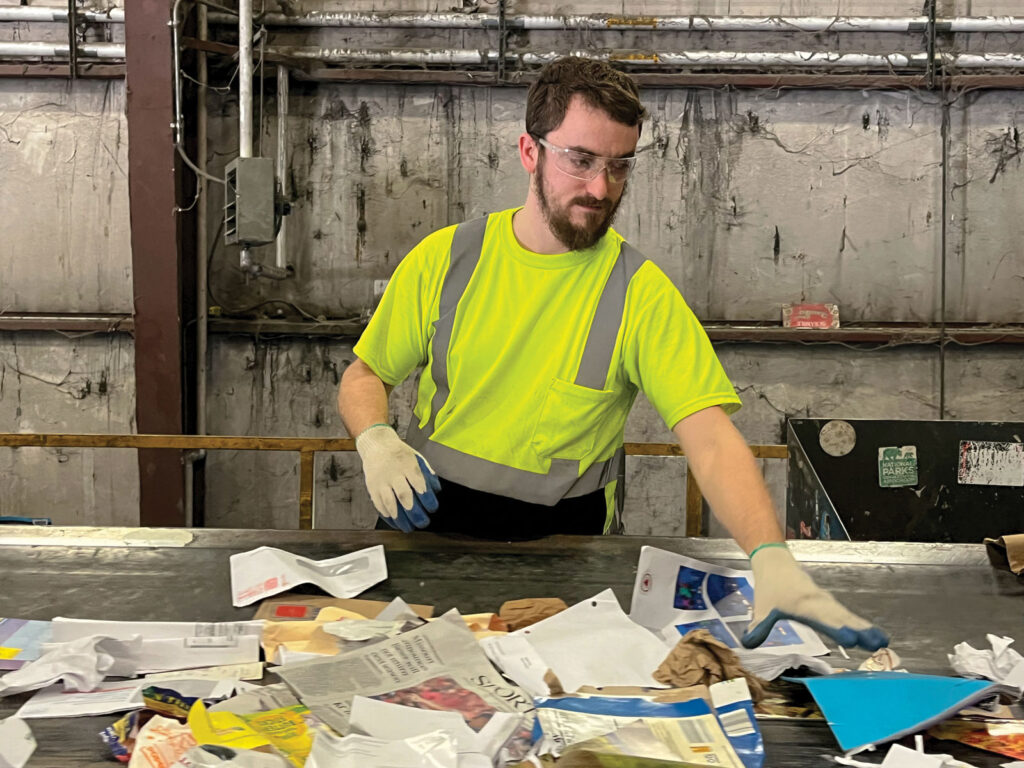
Finding Purpose
The MRF employs 19 total workers including 13 material handlers (sorters), three warehouse operators and three supervisors with three temporary sorters filling in when necessary. There’s a bustling camaraderie among the staff that mirrors the perpetual motion of the machinery — all working collectively to expedite reclaimed material down the line.
Perhaps someday the MRF will upgrade to a more expensive, and more efficient, automated system. But for now, the humans and machines work in tandem.
“Our goal is to keep as much of this stuff out of the landfill as possible, and that contributes to job satisfaction,” says Ben Garza, an MRF supervisor. “I enjoy getting to do both jobs: supervising and working on the line. We joke around with each other and it passes the time.”

The MRF also has its share of visitors thanks to its proximity to the landfill — in the form of raccoons, dogs, cats and mice. Elliott took the concept of “repurposing” to a new level when he turned one of the four-legged interlopers into a pet.
“I actually adopted a dog that was found here a few months ago — who I named Murphy, of course,” Elliott says. “I just started training him recently. And, you know, when we have more cats we tend to have fewer mice. So even they serve their purpose.”
For Elliott and his colleagues at the MRF, his request of Columbians is pretty straightforward: separate your recyclables — plastic, glass and metal containers in the blue bags, fiber in another bin — and try to minimize contamination. Things don’t have to be spotless, he advises, just keep the big chunks out.
“If we’re doing our job well, we’re reducing waste, taking a product that would normally get thrown away and turning it into something that gets used,” Elliott says. “And it will be recycled at least once, or it might be recycled multiple times, depending on its use. And that’s really kind of a big deal.”


